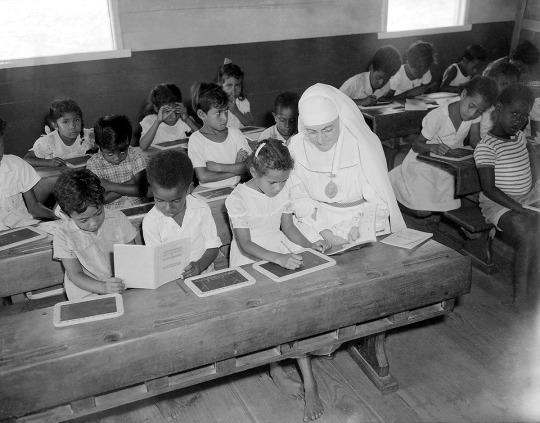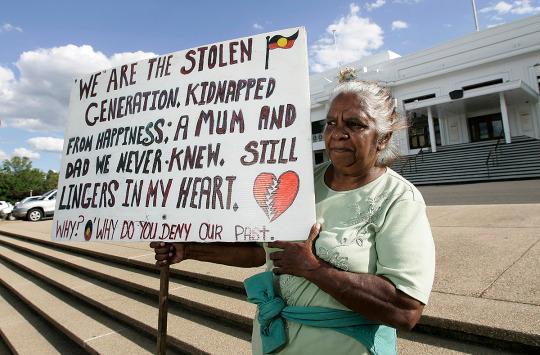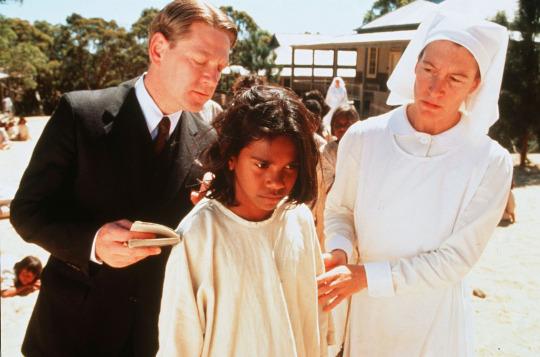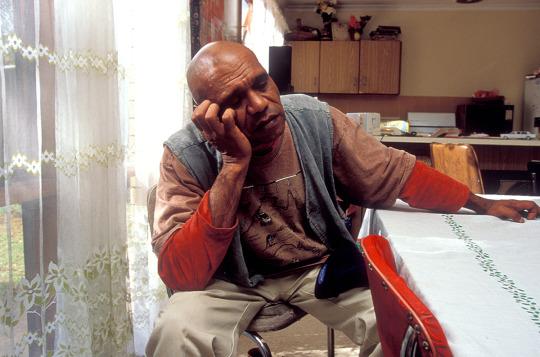Imagine this: You have a child playing in your front yard. As you watch through the window, a van of policemen pulls up. They walk past your front gate and take your screaming child away. You never see your child again.
And it’s all legal.

This man never knew his real family.

Aboriginal pupils in the junior class of St. Joseph’s Catholic Mission school at Hammond Island. (Photo: Alan Lambert/The AGE/Fairfax Media via Getty Images)
This is what happened to Deanne Kenyon’s grandfather and countless other Aboriginals in Australia from 1906 up until the 1970s — all because of the color of their skin. Children who were very dark were allowed to stay with their parents, causing many indigenous people to dye their children’s skin dark using the sap of the milkwood tree. But if a child looked as if he had any white ancestry, he was taken away. Some, if they were white enough, were adopted by white families, but the majority were sent to harsh missionary schools, where they were purged of their history, past, and memories and taught how to “fit in” to white Australian society.

Aboriginal Elder Nancy Hill-Wood from Sydney holds a protest banner in front of Old Parliament House on February 11, 2008 in Canberra, Australia. Aborigines arrive in Canberra for apology to the stolen generations. (Photo: Andrew Sheargold/Getty Images)
This inhuman policy had long-ranging effects. According to the “Bringing them home” report, written in 1995, up to 17 percent of girls and 8 percent of boys in missionary schools or foster and adoptive homes suffered sexual abuse.

In the 2002 film “Rabbit-Proof Fence,” three aboriginal girls are taken from their homes and sent away to be trained as domestic staff. (Photo: Miramax / Dimension Films / The Kobal Collection / Penny Tweedie)
The policy is also cited as one of the major reasons for social ills that still plague the Aboriginal community, including homelessness and alcoholism. While the subject was broached in the movie Rabbit-Proof Fence, it is not widely known — and many of the children, unlike the children in the movie, had nowhere to go and knew of no home to escape to.

Taken from his home as a child, Archie Roach learned to exorcise his demons by writing songs about his experience. (Photo: Jack Picone / Alamy)
Today, the Australian government has apologized and made reparations, but the scars still show as every Aboriginal family was touched by this brutal policy — which ended only 40 years ago.

The Article Paula wrote on Australia’s Aboriginals. Is a big WOW.